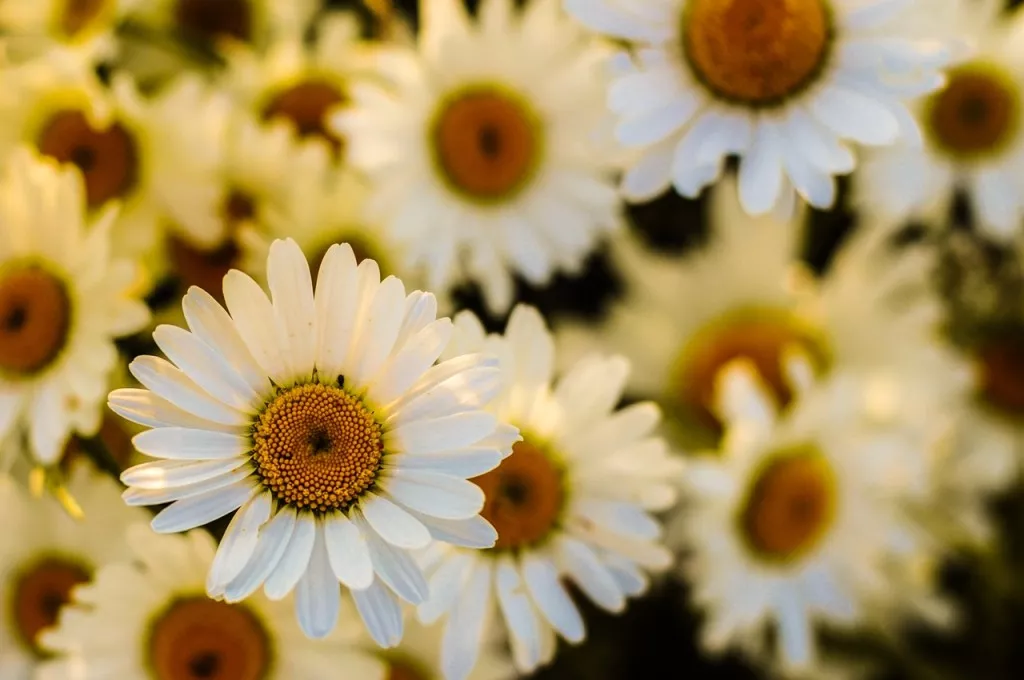A Beginners Guide to Pruning Flowers

It’s not just trees and shrubs that need pruning to keep them looking lush and healthy. Flowering perennials, annuals and bedding plants will produce better flowers and bushier plants if you keep them pruned correctly. There are several easy methods that you can try to keep your garden looking top notch.
To promote flowering, try deadheading your flowers as they fade. This catches them before they set seed and climax in the growth cycle, interrupting this sequence and stimulating the growth of new flowers. This can also prevent plants from self seeding.
Pruning your flowers can also help their shape and form. Many plants concentrate their energy into a single tip bud, while other buds along the stem lay dormant. If this tip bud is removed then the buds lower down will produce side shoots. This is called stopping, pinching or tip pruning and is used to make bushier growth. Bedding plants and sweet peas should only need pinching once. However perennials may need pinching a few times.
Chopping back perennials in late-spring will help to keep them compact and bushier. They will also flower later into the season and will often flower more prolifically. This technique is more commonly known as the Chelsea chop, and is often carried out in late may, soon after the Chelsea flower show has finished. To do this, cut or pinch plants back by half.
Don’t forget to keep plants from becoming leggy. Lightly shear over plants like lavender, aubrietia and alyssum after flowering, as this combines deadheading and light pruning. It will prevent leggy growth and keep plants compact and produce lots of flowers the following year.

